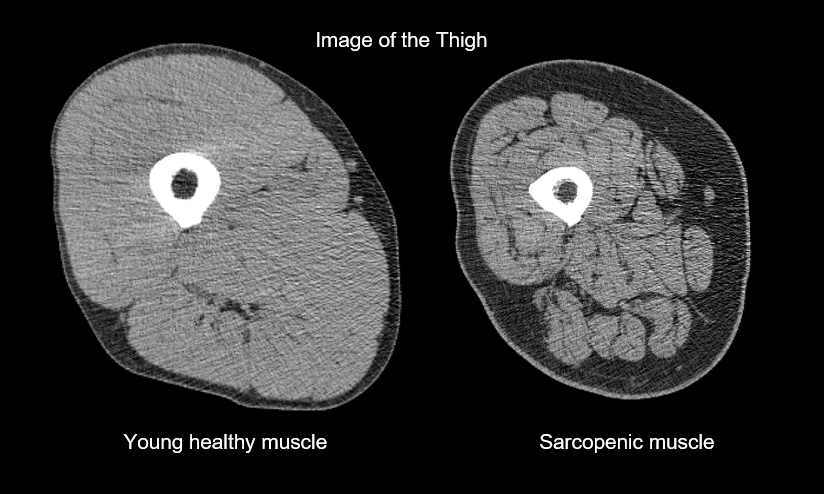What you need to know about the new muscle disease ‘sarcopenia’
July 4, 2019
Today, 4th July, is World Sarcopenia Day. IPAN’s Professor Robin Daly shares insights into what we need to know about this condition.
We all know about osteoporosis: what it does to your bones and how to prevent it. But there’s officially a new disease in town, and it’s being described as the ‘osteoporosis of our muscles’.
Sarcopenia is a debilitating disease characterised by loss of muscle mass, strength, and function. It’s estimated to affect around 30 per cent of older people, but it is even more prevalent in those living in nursing homes or who are hospitalised.
IPAN’s Professor Robin Daly said older people with sarcopenia faced major impacts on their health and lifestyle.
“People suffering with sarcopenia have a much greater risk of disability, falls, fractures and premature death than those without the condition,” he said.
“They are also likely to have impaired physical function and poorer quality of life, because they are less able to care for themselves and participate in social activities.”
While muscle mass and strength decline naturally with age, sarcopenia is not part of the normal ageing process. It can be caused by a range of factors including poor diet, low physical activity, low vitamin D levels and diabetes.

To date, the disease has been poorly understood. It is not often diagnosed or treated in clinical settings because knowledge of the condition is limited.
The medical and research community is hoping that will change since sarcopenia has now been included in the International Standard Classification of Diseases (ICD-10-Clinical Modification).
In an ageing population, sarcopenia is placing a growing burden on the health system. A team of IPAN researchers is examining how to both prevent and treat sarcopenia focusing on the integration of exercise and nutrition.
Professor Daly leads a research group within IPAN which is conducting large-scale human intervention trials and translational studies on musculoskeletal conditions such as sarcopenia. The group is working with medical practitioners, specialists, allied health professionals and industry to help raise awareness of the condition and inform policy, practice and guidelines.
“Healthy skeletal muscle plays a key role in good health and longevity, and as a community we need to recognise the importance of exercise and nutrition to reduce the risk of muscle wastage in older people.” – Professor Daly
“Strength or resistance training performed at least twice a week is the most effective strategy to combat sarcopenia, but fewer than 15% of older Australians adhere to these guidelines,” he said.
“Now that sarcopenia has been categorised as a disease, we hope that we can raise awareness of the condition and make real inroads into its prevention and treatment both in Australia and internationally.”
Click here for more information about Deakin IPAN’s research into physical activity and nutrition or follow IPAN on Twitter @DeakinIPAN